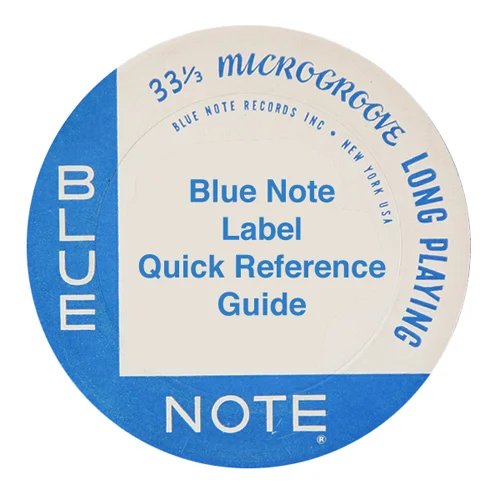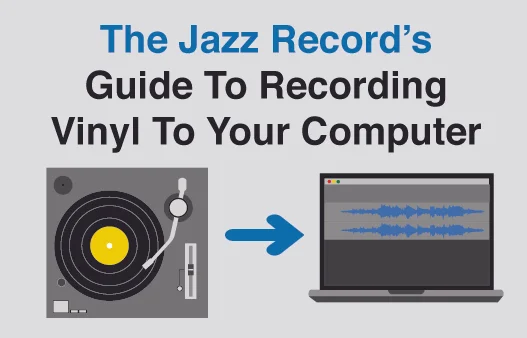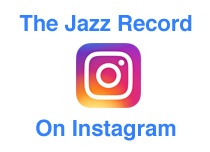A Reasoned Cacophony: Ornette Coleman - "Free Jazz"
/Ornette Coleman • Free Jazz • 1961 • Atlantic Records
Recorded December 21, 1960 in New York City
The Selection:
The Players:
Left Channel:
Ornette Coleman - Alto Sax
Don Cherry - Pocket Trumpet
Scott LaFaro - Bass
Billy Higgins - Drums
Right Channel:
Eric Dolphy - Bass Clarinet
Freddie Hubbard - Trumpet
Charlie Haden - Bass
Ed Blackwell - Drums
The Tracks:
A1. Free Jazz - Part 1
B1. Free Jazz - Part 2
The Record:
Let's face it, Ornette Coleman's early run of albums for Contemporary and Atlantic (all of which are classics and essential jazz listening) do not come off as revolutionary today as they once did. Coleman's ideas about melody and pitch in jazz have been so thoroughly absorbed by the jazz establishment (that once literally feared those ideas) that his early musical explorations simply seem like a natural progression of where jazz was headed at the time, and where much of it is today.
There is one glaring exception to this rule, an album by Coleman that even today defies categorization and eludes easy explanation. It changed the rules of presenting jazz on an LP, and yet it remains an album that has essentially never been replicated. The album, of course, is Free Jazz, a recording so influential it named a new direction in jazz music. It was so controversial at the time of it's release that Downbeat magazine featured it's first ever double-review of an album, with Pete Welding giving the record 5 stars and John A. Tynan rewarding it no stars.
Welding, in support of the record, wrote, "It does not break with jazz tradition; rather it restores to currency an element that has been absent in most jazz since the onset of the swing orchestra -spontaneous group improvisation. Yet Coleman has restored it with a vengeance; here we have better than half an hour's worth, with only a minimal amount of it predetermined to any degree."
In the other corner, Tynan vehemently disagrees, proclaiming, "The only semblance of collectivity lies in the fact that these eight nihilists were collected together in one studio at one time with one common cause: to destroy the music that gave them birth." I don't think he liked it. You can read both reviews in full here.
As the years have passed, the general consensus (and the one I agree with) is that Free Jazz is an important statement in the history of jazz music. I would question those who say it is their "favorite" Ornette Coleman album, this is not an LP that you are going to put on for pure jazz enjoyment, but rather one that requires - or more precisely, demands - the listener's full and unadulterated attention.
Ornette Coleman & Don Cherry Looking Cool In 1959. Photo By Clemens Kalischer.
For those that haven't had the pleasure of hearing it, the concept behind the album was as simple as it was radical: two quartets playing simultaneously on each stereo channel (Coleman, Cherry, LaFaro and Higgins on the left; Dolphy, Hubbard, Haden and Blackwell on the right) in one long continuous improvisation. Other than a few transitional cues from Coleman, the long "piece" (split between the two sides of the LP) was created spontaneously with six pre-arranged solo sections for each horn player, as well as one each for the bass and drum combos. These aren't "solos" in the traditional sense, each musician was more or less leading the direction of the composition during his featured section. The other players were free to complement in any way they saw fit. The entire 36 minute piece was recorded in one single uninterrupted take and what you hear on the LP is the exact performance of the double quartet in the studio without any cuts or overdubs.
For all the talk of the lack of melody in Coleman's vision of jazz at the time, all the horn soloists don't stray too terribly far from what I think of as melodic solos when they get their five minute turn in the spotlight. Dolphy, on the bass clarinet, shines as one would expect. Hubbard's, also as to be expected, is the most straight-ahead sounding of all the players. Cherry on the pocket trumpet and the separate bass and drum duo parts are very much at home in this setting and provide a great deal of excitement (it's fascinating to hear Scott LaFaro outside of the familiar Bill Evans Trio setting). Coleman himself gets the longest solo section, ten minutes compared with the others five, doesn't stray particularly far from the style he lays down on his other Atlantic records from the time, playing with the ideas of pitch and harmony in his own special way.
Whether a listener enjoys Free Jazz is truly a result of an innate sense of taste, more so than with most other works of jazz. You can dislike a certain musician or style, but that doesn't necessarily apply in this case; you either "get" an album as unique as Free Jazz and appreciate what it's attempting to accomplish or you don't. And either path doesn't diminish one's appreciation of Ornette Coleman or jazz music in general.
Jackson Pollack's Full "White Light" Painting On the Inside Gatefold.
On that note, a few personal observations on Free Jazz. The only album I can think of that succeeded at following the template laid down by Coleman is Ascension by Coltrane, and even then his was a much more discordant affair than Free Jazz and remains challenging for even the most open-minded listener. There have been other attempts at an album's worth of improvisation, but only Ascension has managed to enter into the jazz canon along with Free Jazz. Second, I have always found it interesting that Freddie Hubbard (one of my personal favorites) appeared on both Free Jazz and Ascension, as he is generally not thought of as an "out there" or avant-garde type player, and yet he more than holds his own on both recordings, a testament to his overall talents. Finally, prior to acquiring this LP, I never realized that the original cover was a gatefold in which the Jackson Pollack painting on the cover was shown through a cutout in the front and revealed in full on the inside. An extremely cool bonus discovery, and more than enough reason to search out an early pressing on vinyl.
The Vinyl:
I scored an original 1961 stereo pressing on the gorgeous green and light blue "white fan" label, stereo being the obvious preferred choice for Free Jazz as each quartet comes through on their prescribed channel. I almost feel bad to reveal that I scored this original copy for a mere $18 at my local record shop, but such finds are the bonuses of regularly digging through the crates. A quick check on eBay after purchasing it showed a similiar copy selling for over $400, but that seemed an anomaly and I would guess a more realistic value at around $100 to $150. No matter, really, as I'm not planning on selling anytime soon.
Both sides of the vinyl trail-off have the same hand-etched markings, "ST - 61343 A" and "AT" as well as some sort of stamped symbol (best described as a sideways ice cream cone with a rectangle through the cone part) that most likely identifies the location the vinyl was pressed.
The gatefold cover is awesome, with the front die-cut to reveal Jackson Pollack's "White Light" painting that is revealed in full inside. Someone involved in the release of this LP in 1961 sure was one cool cat, pairing up the "you get it or you don't" artists Coleman and Pollack. Seems obvious now, but I don't think it was so much at the time.
According to Discogs, Free Jazz was only reissued two more times in stereo - once with the black pinwheel label in 1961 and again in 1969 with the early green and red label - and I'd personally be okay owning either of these copies. I got lucky finding an original copy, but those sixties versions should still be quality vinyl pressings and sound great. While this is not a record for everyone, and not one you will likely throw on the turntable if you're just kicking back on a Sunday afternoon, I'd still recommend grabbing a vintage stereo copy if the price is right. There really is no better way to hear Coleman and company in all their adventurous glory.












